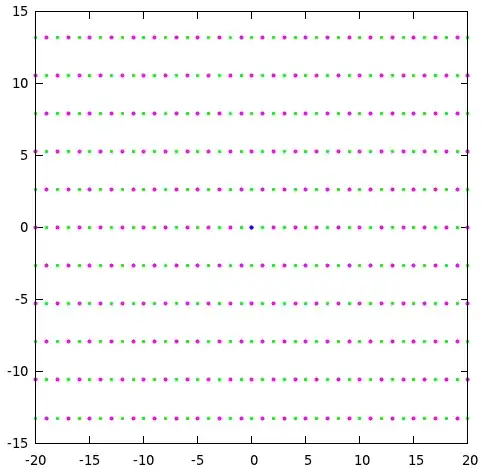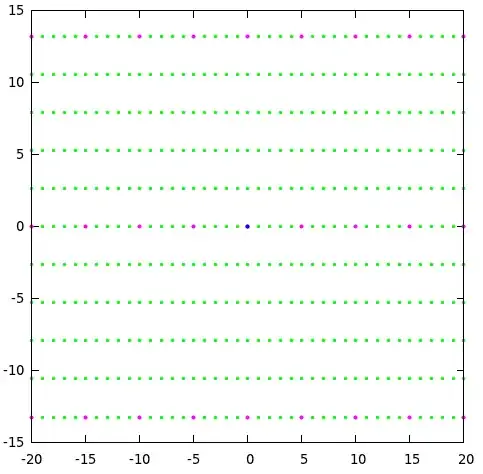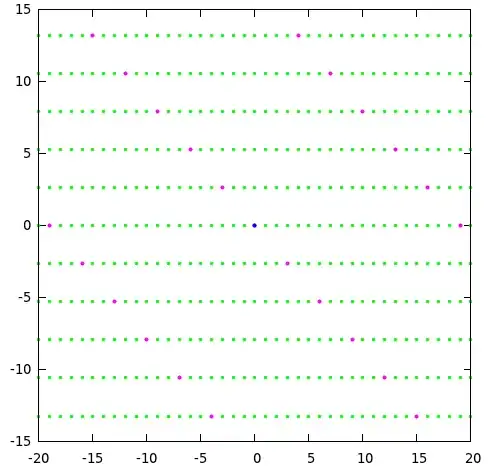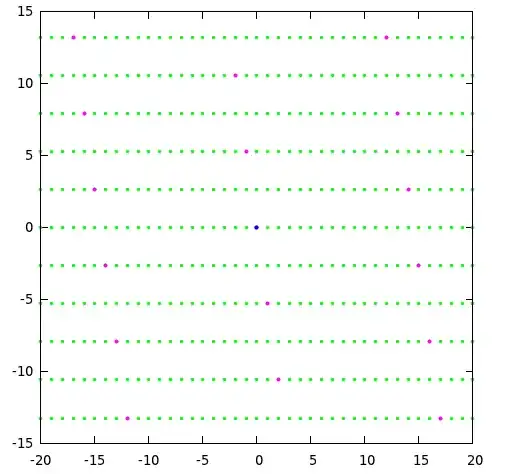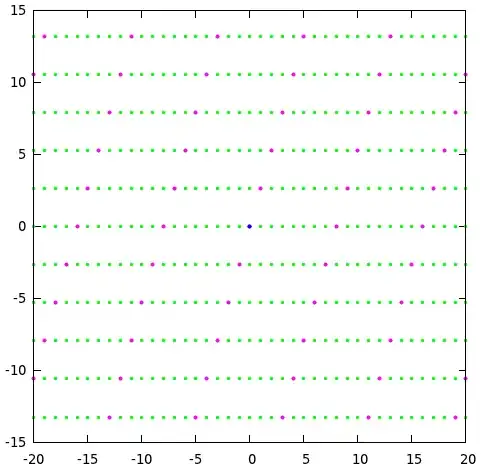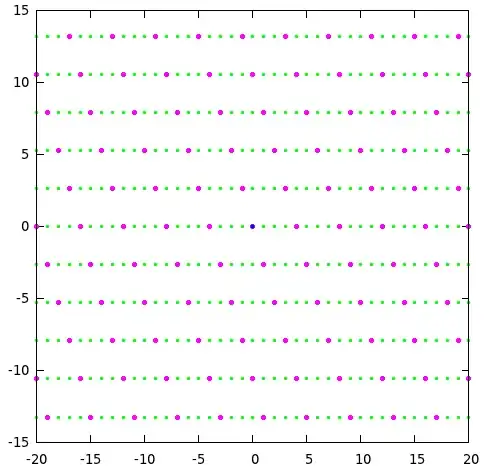Show that the ideal $ I = (2, 1 + \sqrt{-7} ) $ in $ \mathbb{Z} [\sqrt{-7} ] $ is not principal.
My thoughts so far:
Work by contradiction. Assume that $ I $ is principal, i.e. that it is generated by some element $ z = a + b\sqrt{-7} \in \mathbb{Z}[\sqrt{-7}] $. I'm really not sure what to consider though - I can't really 'see' what $ I $ looks like.
Any help would be greatly appreciated. Thanks
